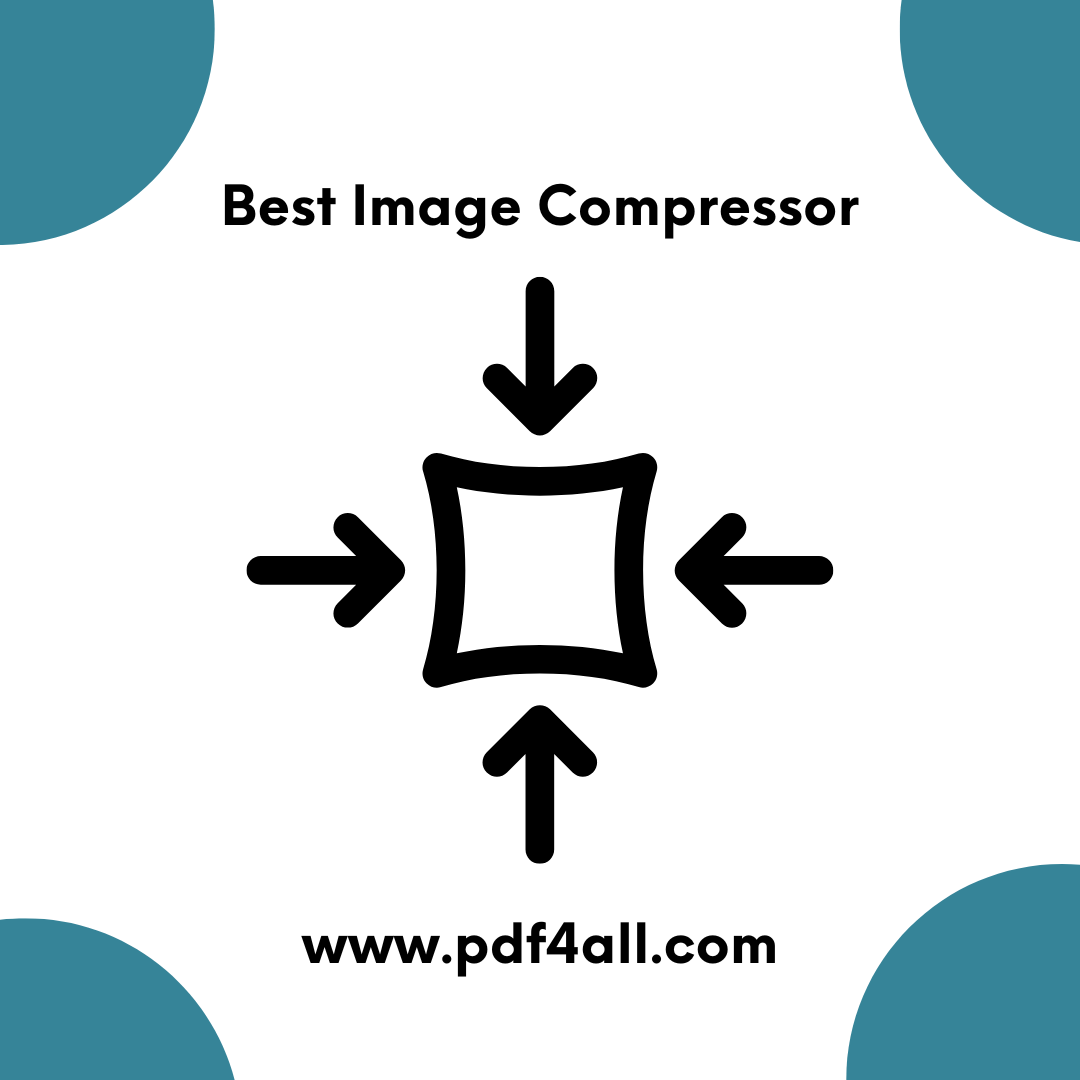Understanding the Need for Optimization
The digital world thrives on speed and efficiency. Search engines prioritize websites with fast loading times, and users have increasingly short attention spans. Large image files directly contribute to slow loading speeds, negatively affecting search engine rankings and user engagement. Furthermore storage space is a finite resource and storing numerous uncompressed images can quickly consume available capacity, leading to increased storage costs.
Beyond websites, image optimization is crucial for various applications. Email attachments, for instance, can be rejected if they exceed size limits. Compressing images before sending them ensures successful delivery without compromising visual content. Similarly, mobile devices with limited storage capacity benefit significantly from optimized images.
The Principles of Effective Image Compression
The core of effective image compression lies in reducing the file size without causing noticeable degradation in image quality. This is achieved through various techniques, including:
Lossy Compression: This technique permanently removes some image data, resulting in smaller file sizes. The degree of compression determines the level of data loss. While lossy compression can significantly reduce file size, excessive compression can lead to visible artifacts and a reduction in image quality.
Image Resizing: Reducing the dimensions of an image directly reduces its file size. This is particularly effective for images that will be displayed at smaller sizes on websites or mobile devices.
File Format Optimization: Different image file formats are suited for different purposes. JPEG is ideal for photographs and images with complex color gradients, while PNG is best for images with transparent backgrounds and graphics with sharp lines. WebP is a modern format that offers superior compression and quality compared to JPEG and PNG. Selecting the appropriate file format can significantly impact file size and image quality.
Metadata Removal: Images often contain metadata, such as camera settings, location data, and copyright information. While this information can be useful, it also adds to the file size. Removing unnecessary metadata can help reduce file size without affecting image quality.

pdf4all's Approach to Image Optimization
pdf4all understands that every image is unique and requires a tailored approach to optimization. The goal is to provide users with the tools and knowledge to achieve optimal compression without sacrificing visual quality.
Intelligent Algorithms: pdf4all leverages advanced algorithms to analyze images and determine the optimal compression settings. These algorithms consider factors such as image content, resolution, and file format to achieve the best possible balance between file size and quality.
User-Friendly Interface: pdf4all's interface is designed to be intuitive and easy to use, even for users with limited technical knowledge. Users can easily upload images, select compression settings, and preview the results before downloading the optimized files.
Flexibility and Control: pdf4all provides users with a range of compression options, allowing them to fine-tune the settings to meet their specific needs. Users can choose between lossy and lossless compression, adjust compression levels, resize images, and convert file formats.
Batch Processing: For users who need to optimize a large number of images, pdf4all offers batch processing capabilities. This allows users to optimize multiple images simultaneously, saving time and effort.
Preservation of Visual Integrity: pdf4all prioritizes the preservation of visual integrity. The algorithms are designed to minimize data loss and maintain image quality, even at high compression levels.
Applications of Optimized Images
Optimized images are essential for a wide range of applications, including-
Websites: Optimized images improve website loading speeds, enhance user experience, and boost search engine rankings.
E-commerce: High-quality, optimized product images are crucial for attracting customers and driving sales.
Social Media: Optimized images ensure that social media posts load quickly and display correctly on all devices.
Email Marketing:Optimized images improve email deliverability and ensure that emails load quickly and display correctly
Digital Documents:Optimized images embedded in digital documents reduce file size and improve document loading speeds.
Mobile Applications:Optimized images improve mobile application performance and reduce data usage.
The Future of Image Optimization
As technology continues to evolve, image optimization will remain a critical aspect of digital communication. Advancements in artificial intelligence and machine learning will lead to even more sophisticated compression algorithms, enabling further reductions in file size without compromising image quality.
pdf4all is committed to staying at the forefront of image optimization technology. By continuously improving its algorithms and user interface, pdf4all empowers users to create and share visually stunning images that are optimized for performance and efficiency.
The ability to use an efficient image compressor is a vital part of digital workflow. pdf4all strives to be an integral part of that workflow.